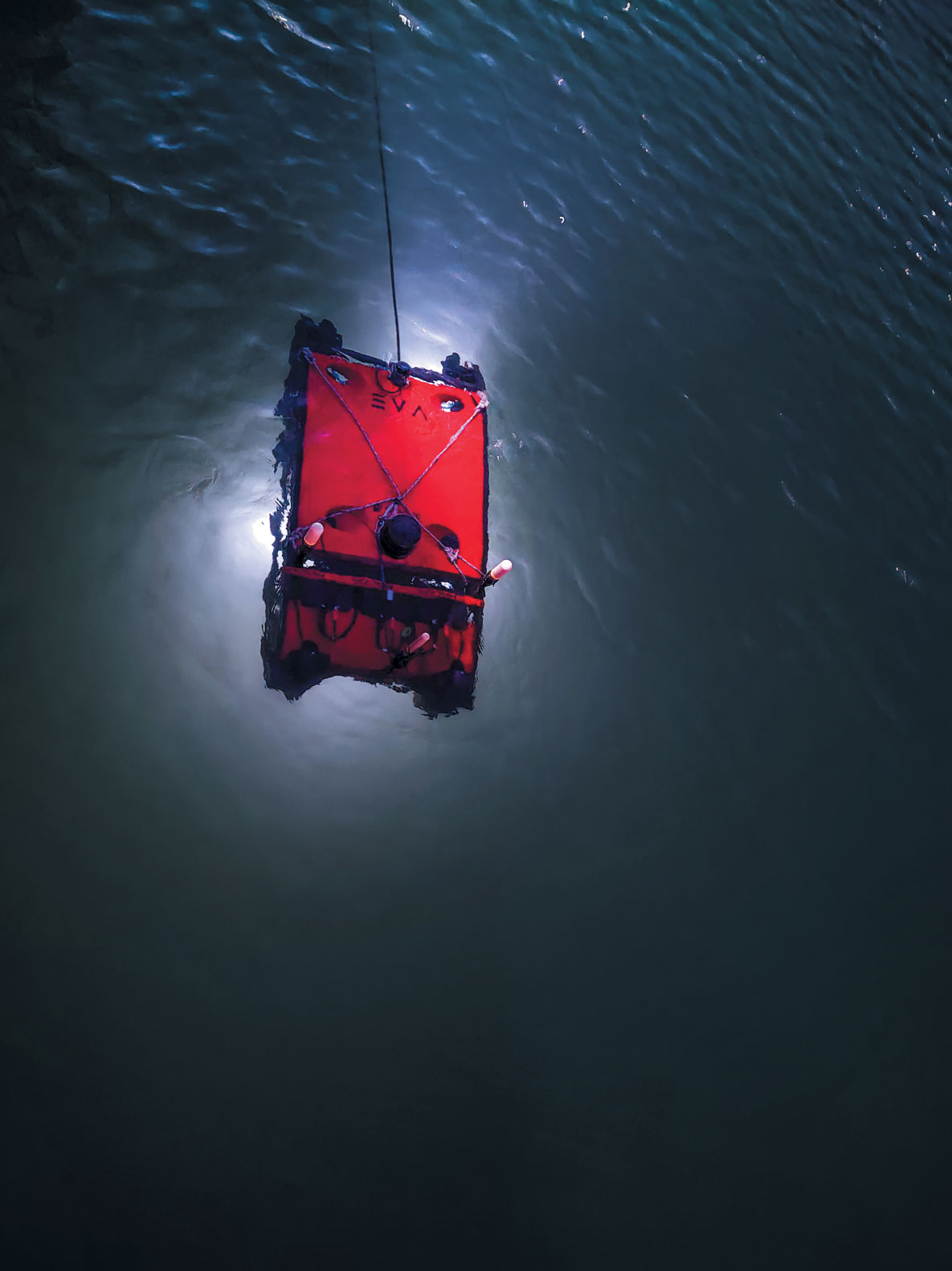
Published 2023-07-05
How to Cite
Copyright (c) 2023 INESC TEC Science&Society

This work is licensed under a Creative Commons Attribution 4.0 International License.
Abstract
Mining in the sea is not a new activity. It has been done since the times of the Roman Empire, an example being with the mining of copper-bearing ores around parts of the coast of Cyprus. Mining underneath the seafloor is also not a new activity, with historic mining of coal underneath the seafloor having taken place off many coastlines across the world. The safety and environmental standards that society expects to be met have become tougher to meet over time and what was once deemed as socially acceptable is not necessarily acceptable today. Currently, dredging in relatively shallow coastal areas for aggregates, tin, titanium, gold, diamonds, salt and other minerals takes place at many places across the world and is considered by many as socially acceptable. Deep-sea mining, often classified as beyond 500m water depth, is not being carried out on an industrial scale, although there have been several prototypes and tests done at various ocean sites.
